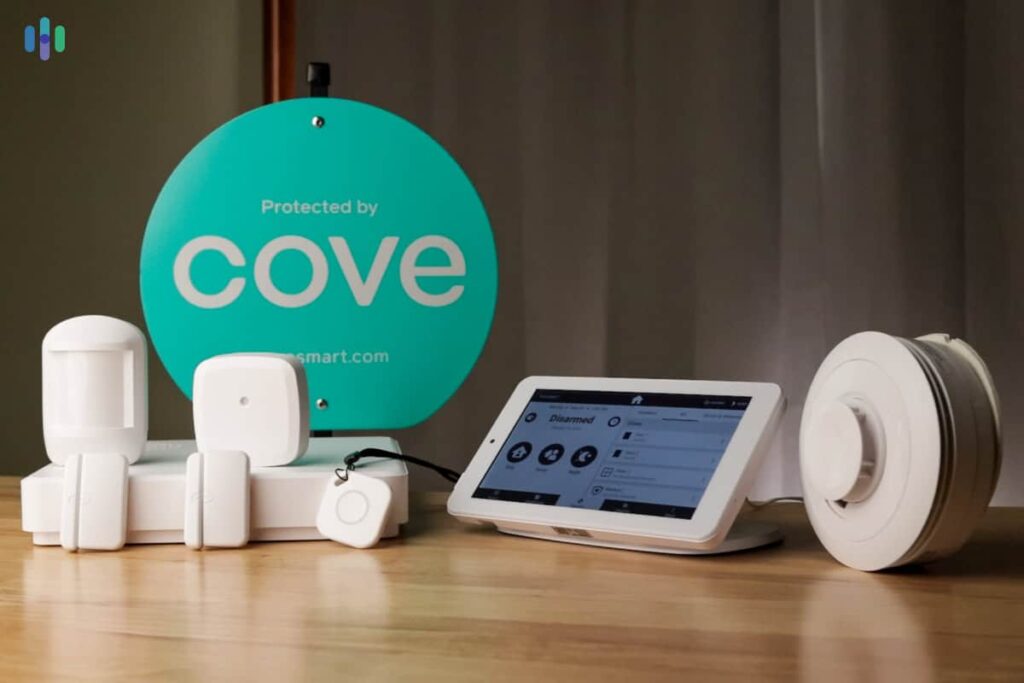Smart security technology refers to the use of advanced technologies such as face recognition, video structured analysis, cloud computing, cloud storage, the Internet of Things, big data, and artificial intelligence to integrate business management, alarms, data transmission, and videos in various industries. It can also store, call, and conduct intelligent analysis of data, make quick judgments, and provide intrusion alarm services for some important places. It is a comprehensive system.
The development of intelligent security technology has achieved remarkable achievements. With the emergence of the needs of enterprises and residential communities, digital intelligent security is currently facing new development opportunities. Due to the particularity of the digital intelligent security industry, the state has always given policy encouragement to the development of the intelligent security industry. In order to solve the safety and prevention problems of enterprises and residential communities, the Ministry of Housing and Urban-Rural Development and the Ministry of Public Security have successively signed and issued a variety of relevant documents to strengthen the intelligent safety and prevention facilities of enterprises and residential communities.
1. Communication access system, telephone exchange system, information network system, integrated wiring system, indoor mobile communication coverage system, satellite communication system, cable television and satellite TV reception system, broadcasting system, conference system, information guidance and release system, clock system and other related information communication systems.
2. Information application system. A system composed of various types of information equipment and application software to meet various business and management functions of buildings based on building information facility systems and building equipment management systems. 3. Building equipment management system. It has the functions of measuring, monitoring and controlling building electromechanical equipment (such as power transformation and distribution, water supply and drainage, air conditioning, heating, ventilation, transportation and other facilities) to ensure the stable, safe and reliable operation of various equipment systems and meet the management requirements of energy saving and environmental protection. 4. Public safety system. A technical prevention system or guarantee system constructed by comprehensively applying modern science and technology to deal with various emergencies endangering social security in order to maintain public safety. Mainly includes: automatic fire alarm system, security technology prevention system and emergency linkage system. Security monitoring belongs to public safety and is also included in intelligent buildings.

